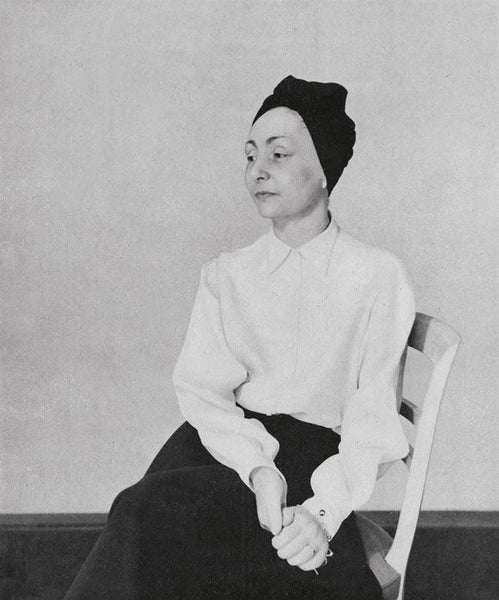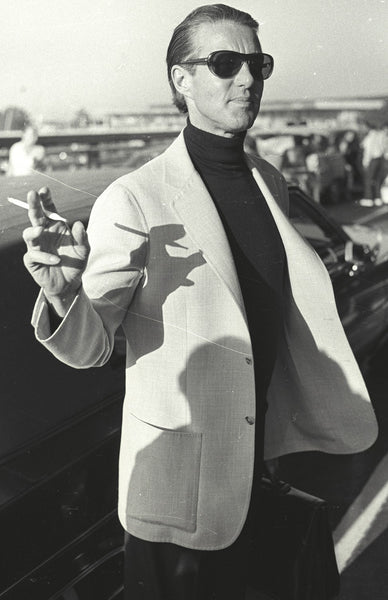Designer Spotlight: Judith Leiber

When Hungary was invaded, her father, a commodities broker, obtained a special passport allowing the family safe passage to a house set aside for Swiss citizens. She and her family shared a one-bedroom apartment with 26 other people. Leiber and her family stayed in the house until December of 1944, when they were taken to a ghetto. After the liberation of Hungary, the family briefly moved into a desperately overcrowded basement that housed 60 other survivors. In 1947, a year after marrying Gerson Leiber, a United States Army sergeant, Leiber moved to New York City.
Leiber had a difficult time with New York retailers, as they were all looking to recreate European designs. Leiber visited the head of the handbag union, Phillip Lubliner, and discussed her concerns. Soon after she was introduced to designer Nettie Rosenstein who in 1948 would eventually go on to employ Leiber as the brand’s New York factory pattern maker, designer, and foreman.
Leiber’s big break was in 1953, when Mamie Eisenhower attended the inaugural ball with an intricately embroidered bag designed by Leiber. Leiber’s reputation skyrocketed, and Rosenstein, acknowledging Leiber’s talent, gave her free rein to explore her designs.
Leiber founded her own business in 1963, making a name for herself through her delicate, throughly decorated minaudières. These minaudières were small, hard-shelled metal evening purses in eye-catching shapes, adorned with any number of materials including Swarovski crystals, embroidery, leather, seashells, and silk. Her jewel box handbags were particularly popular with the red carpet crowd, including Greta Garbo, Joan Rivers, Mary Tyler Moore, Claudette Colbert, and Linda Carter.
Leiber was awarded the Lifetime Achievement award from the Council of Fashion Designers of America in 1993, marking the first time the award had ever been given to a handbag designer. In 2005 Leiber’s husband established The Leiber Collection Museum, a museum dedicated to collecting, preserving, and presenting one example of each of Leiber’s 3,5000 designs.
Also in Adore MRS. Couture

Designer Spotlight: Madame Gres

Designer Spotlight: Roy Halston Frowick
Halston was thrown into the limelight when Jacqueline Kennedy wore his pillbox hat to John F. Kennedy’s inauguration. Soon Halston expanded into women’s wear, creating both couture and ready-to-wear fashion catering to the fashionable and elite jet set. Halston also accepted the honor of designing the 1976 US Olympic team uniforms, redesigned Braniff Airlines’ uniforms in 1977, and created uniforms for the New York Police Department and the Girl Scouts in 1978.
Halston was innovative, using slinky knit material and ultrasuedes, and introducing a halter dress design that elongated a wearer’s silhouette. He pioneered the sensual and soft draped looks associated with disco and his beloved Studio 54.

